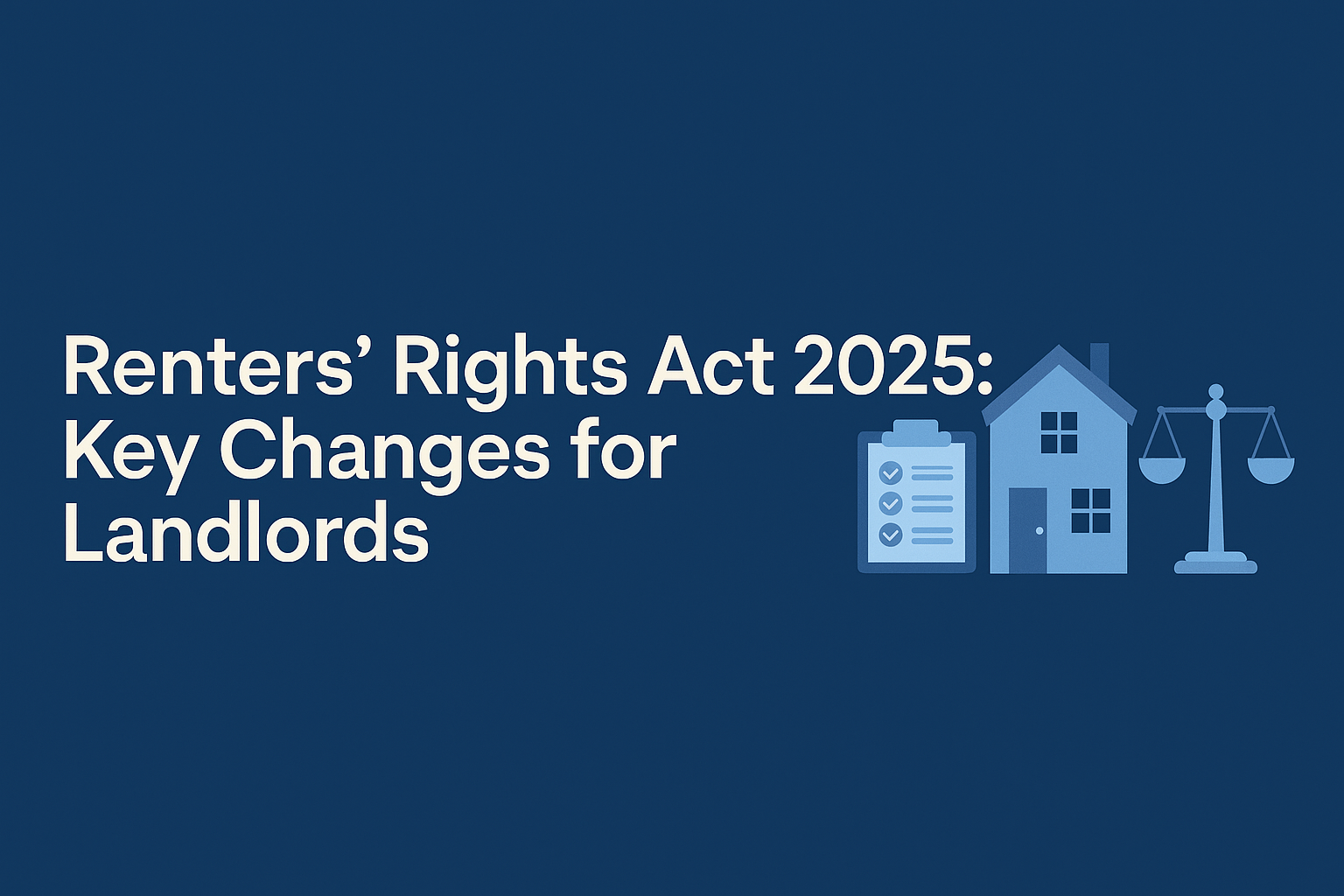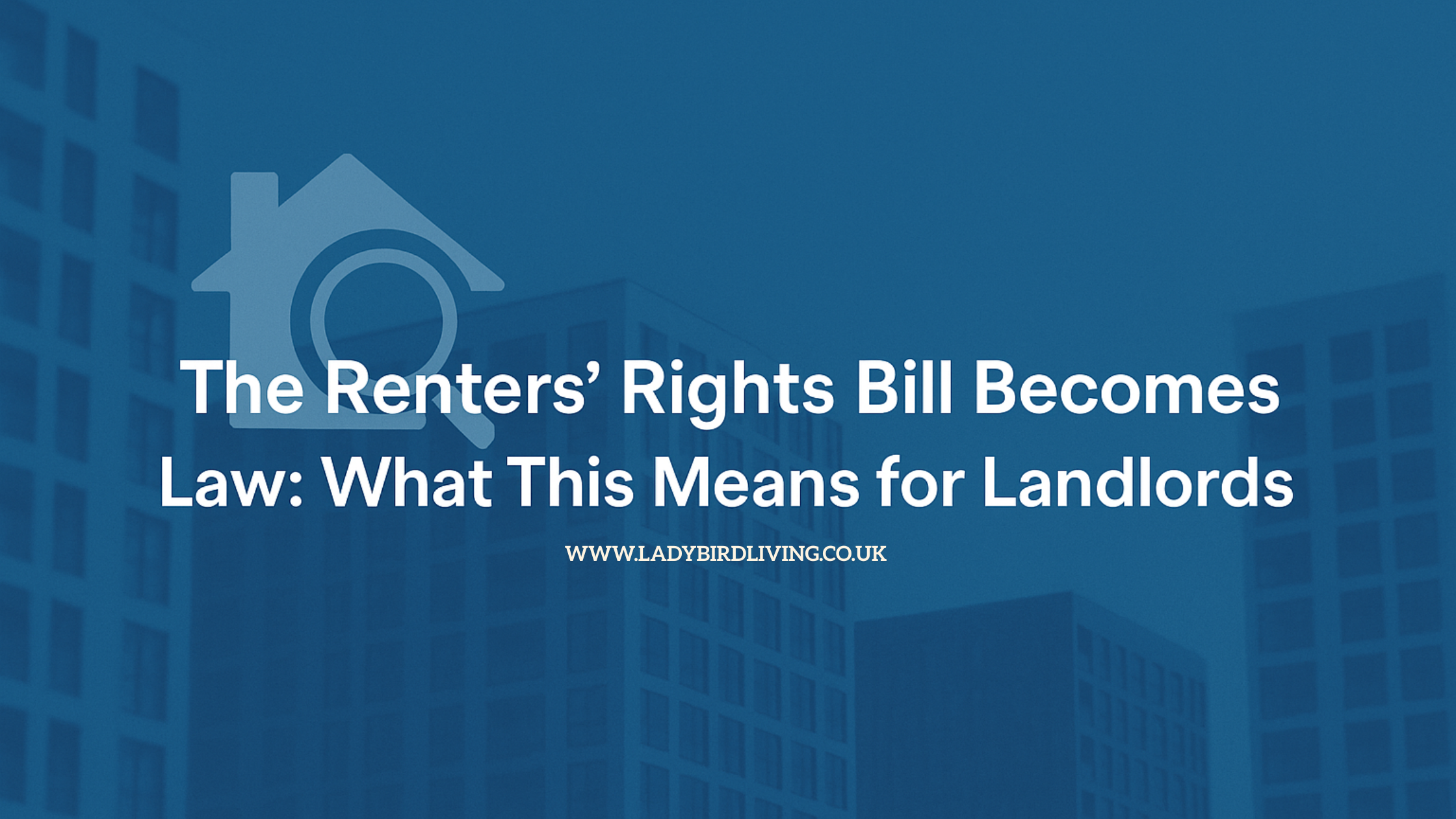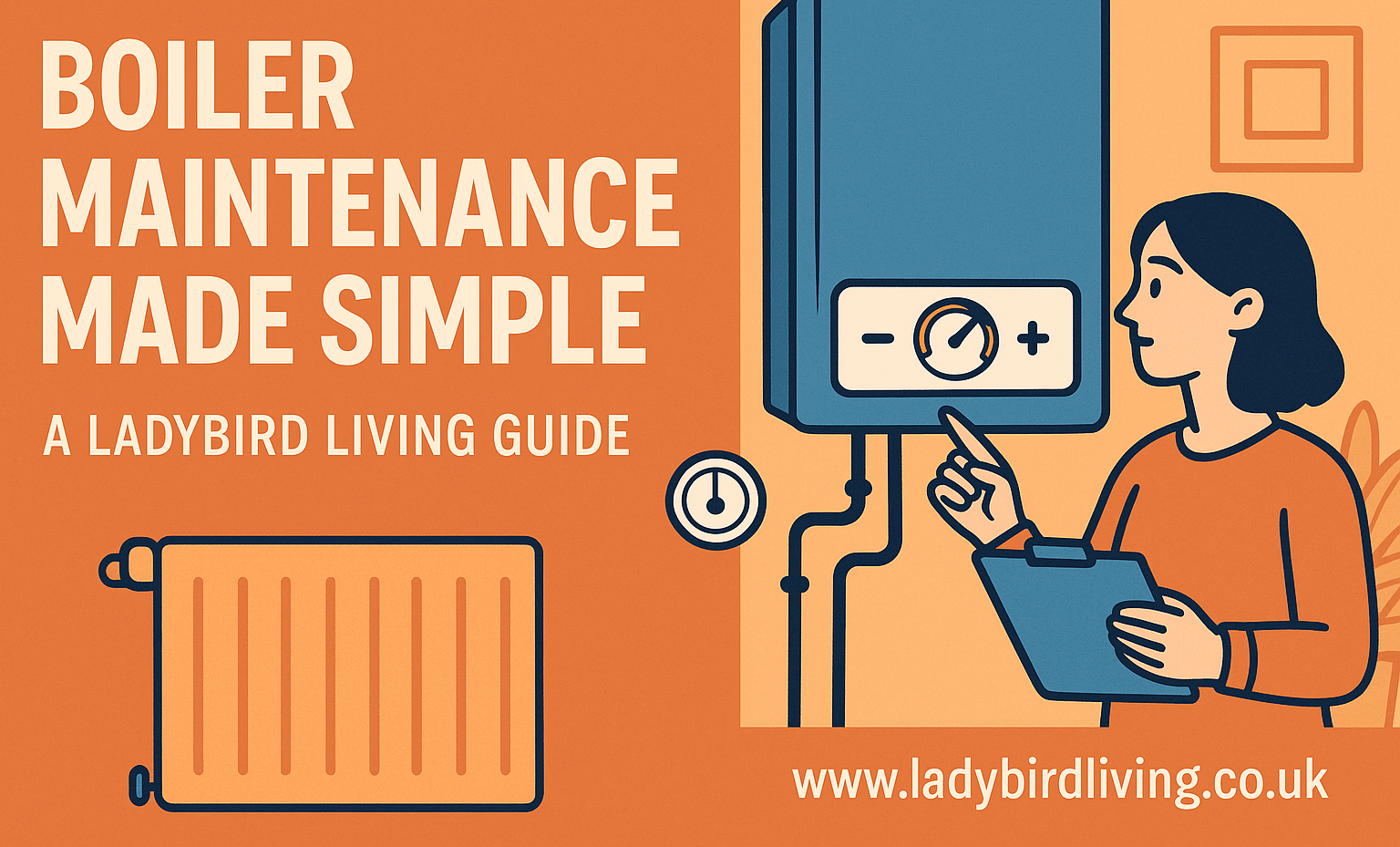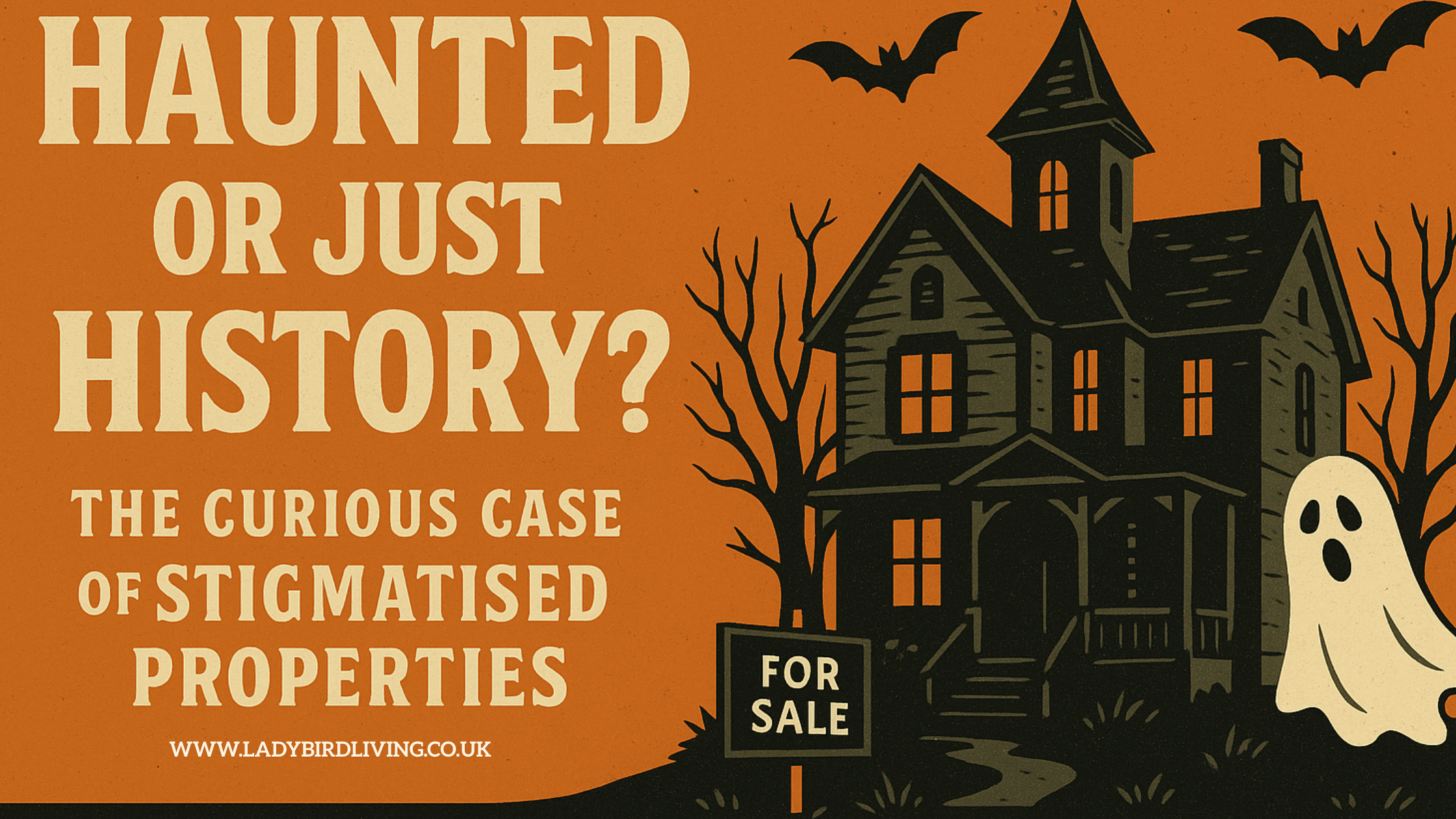
Selective Licensing Across London: What Landlords Need to Know in Nov 2025
Selective licensing is becoming an increasingly common tool used by London councils to regulate the private rented sector. As of November 2025, around 60% of London boroughs operate one or more selective licensing schemes, each designed to improve housing standards, tackle poor property management and address local issues such as antisocial behaviour.
For landlords, this means that licensing is no longer limited to HMOs. Entire streets, neighbourhoods or even whole boroughs may now require a licence before a property can be let.
This guide outlines what landlords need to know, how schemes differ across London, what exemptions exist and the steps you should take to stay compliant.
How big are selective licensing schemes in London?
No two selective licensing schemes are the same. Their size and scope vary significantly from one borough to another based on local housing needs.
For example:
- Barking and Dagenham operates a borough wide scheme meaning all private rented properties require a licence.
- Hammersmith and Fulham has a much smaller, highly localised scheme, currently covering just 24 streets (as of November 2025).
Other boroughs such as Brent, Newham, Lewisham and Croydon run large multi ward schemes, while some councils only target specific hotspots.
The key message is that landlords cannot assume their property is exempt simply because it is not a HMO. Each borough defines its own designated areas and these are regularly reviewed and updated.
Costs and fees
While fees differ between boroughs, most selective licences:
- Last for up to five years
- Are charged per property
- Typically cost between £500 and £1,200
- Are often paid in stages, for example part at application and part when granted
Many councils offer fee reductions for:
- Accredited landlords
- Energy efficient properties with higher EPC ratings
- Multiple properties held under the same ownership
- Charities and not for profit housing providers
What licensed landlords are required to do
Holding a selective licence comes with a number of conditions intended to improve safety and management within the private rented sector. These usually include:
- Keeping properties in good repair and free from serious hazards
- Meeting all relevant safety standards, including smoke alarms, carbon monoxide alarms, gas safety checks and electrical testing
- Managing tenancies responsibly, including addressing any antisocial behaviour
- Providing documentation such as tenancy agreements, inventories and safety certificates when requested
Failure to comply can result in:
- Civil penalties of up to £30,000
- Prosecution in more severe cases
- Rent Repayment Orders
Councils frequently encourage tenants to apply for Rent Repayment Orders and success rates remain very high.
Selective licensing exemptions
Although selective licensing is widespread, there are a number of exemptions that apply across London. A licence is not usually required if:
- The property is a HMO that already requires a mandatory or additional HMO licence
- The tenancy has been granted by a registered social landlord
- The property is subject to an Interim or Final Management Order where the council has taken over management
- The property is covered by a temporary exemption notice
- The tenancy or licence falls under the Selective Licensing of Houses Specified Exemptions England Order 2006
Examples include:
- Properties subject to a housing prohibition order
- Certain tenancies linked to business premises, licensed premises, agricultural land or agricultural holdings
- Buildings managed by a local authority, the police, fire and rescue authorities or the NHS
- Buildings already covered by other statutory regulation
- Purpose built student halls
- Holiday homes
- Properties where the occupant shares any part of the accommodation with the landlord or a member of the landlord’s family
This is not an exhaustive list and landlords should check specific details directly with the relevant council.
Why councils are adopting selective licensing
The growth of selective licensing across London is driven by several factors, including:
- Concerns about property conditions and safety
- The need to tackle poor management practices
- Efforts to reduce antisocial behaviour
- A desire to raise overall standards within the private rented sector
For diligent landlords, licensing usually results in additional administrative work and costs rather than major operational changes. For landlords who fail to comply, the financial consequences can be substantial.
What landlords should do now
To remain compliant, landlords should:
- Check whether their property sits within a designated selective licensing area, as boundaries vary by borough
- Apply early, especially in areas with high application volumes
- Review management processes to ensure they meet licensing standards
- Maintain up to date certificates and documentation
- Keep informed about changes, as many boroughs continue to expand or renew their schemes
How we can help
We are closely monitoring selective licensing changes across London to ensure landlords receive accurate and timely guidance tailored to each borough. Our aim is to help you stay compliant, protect your rental income and reduce the risk of enforcement action.
The information in this post is valid to the best of our knowledge on the date of posting. It is advised that you seek independent advice based on your individual circumstances.
T: +44 (0)203 488 1488





